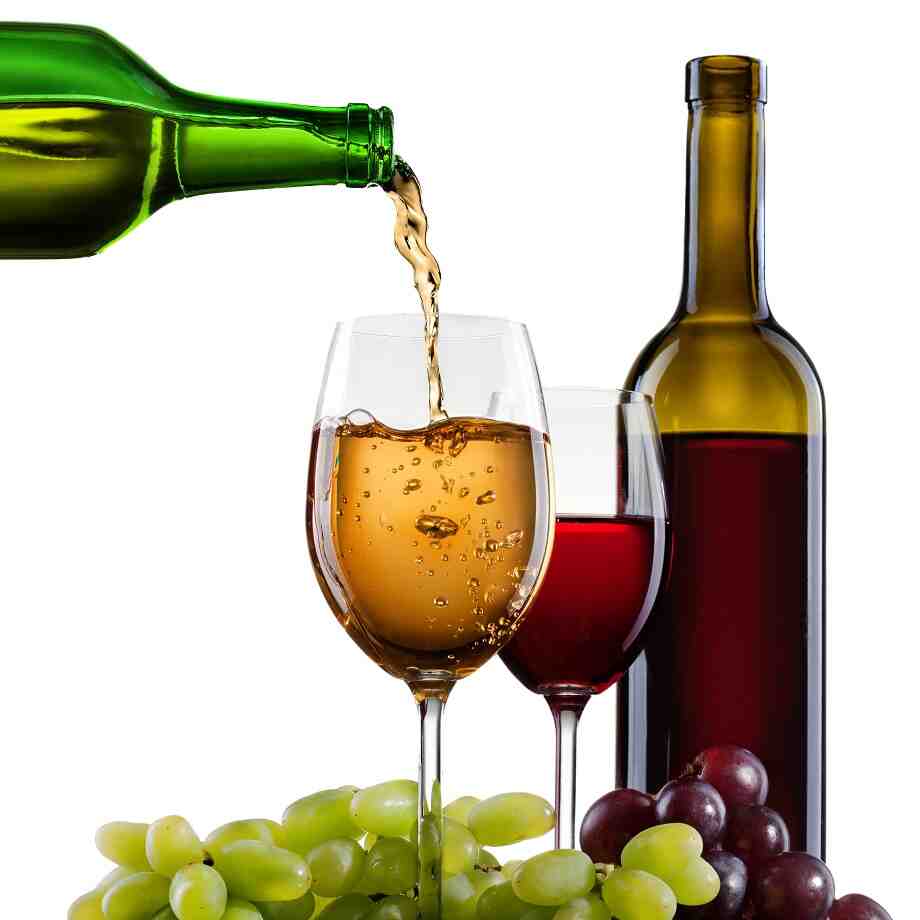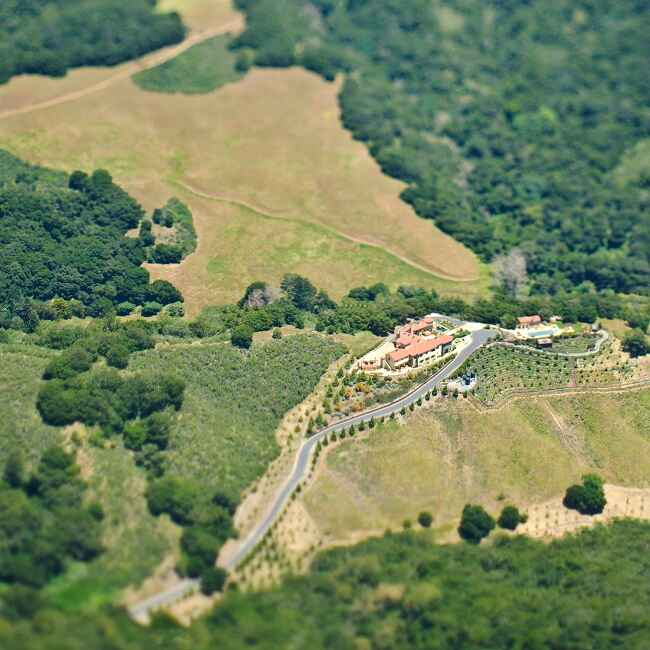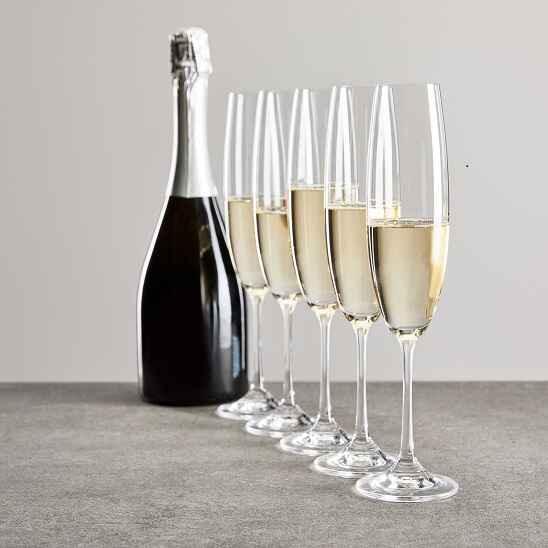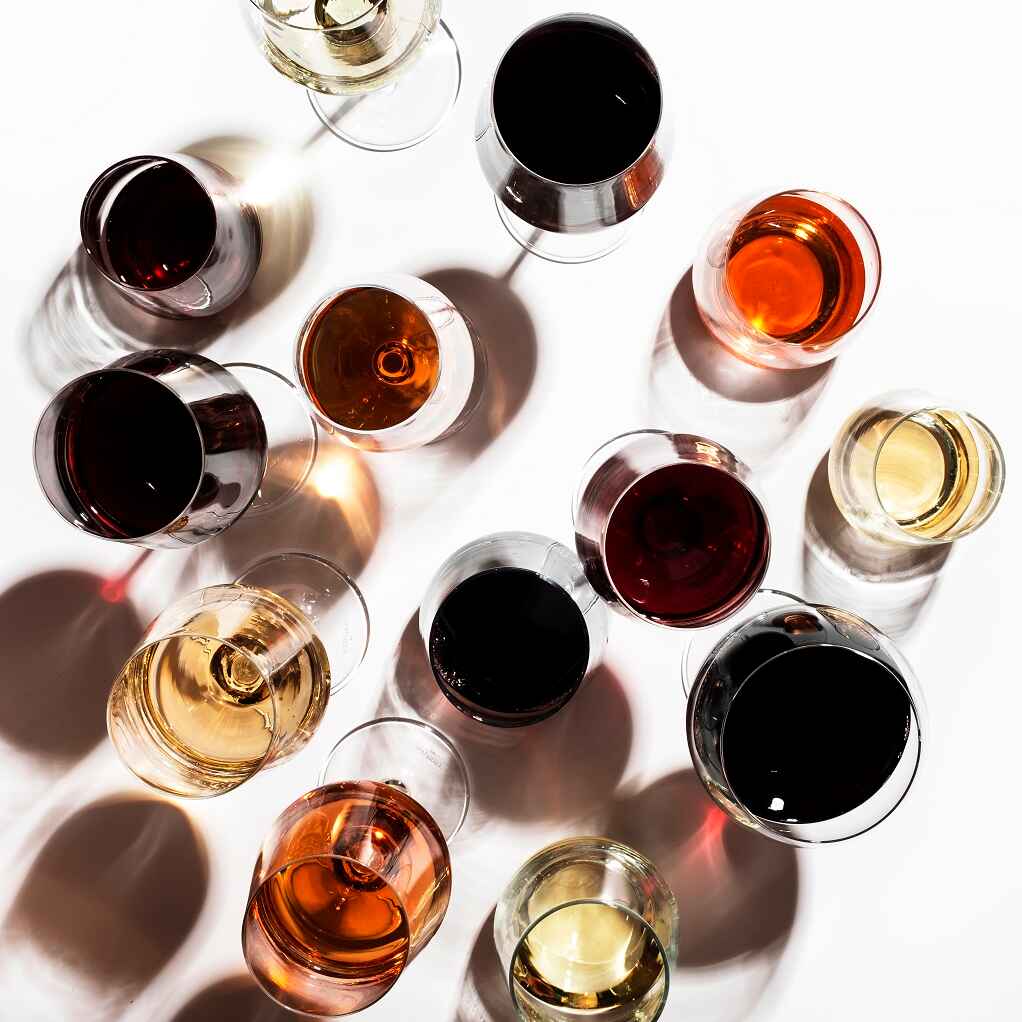Exploring the World of Sparkling Wines
Sparkling wine is a symbol of celebration, elegance, and joy. Whether it’s a glass raised in honor of a special occasion, or simply an evening of indulgence, sparkling wines have long held a unique place in our hearts. With their refreshing effervescence and delicate flavors, sparkling wines transcend mere beverages to become experiences in their own right. But there is far more to these effervescent delights than meets the eye. In this article, we’ll dive deep into the world of sparkling wines, uncovering their rich history, varieties, production methods, and the best ways to enjoy them.
A Brief History of Sparkling Wine
The history of sparkling wine is as effervescent as the bubbles within it. The origins of sparkling wine can be traced back to the 17th century, although it wasn’t always as refined as the sparkling wines we enjoy today. One of the earliest and most famous tales is that of Dom Pérignon, a Benedictine monk in the Champagne region of France. While Dom Pérignon did not invent champagne (as is commonly believed), he made significant improvements in wine production that led to the creation of the first successful sparkling wine.
In the early days, sparkling wines were often the result of an accidental fermentation that occurred when wine was bottled before fermentation had fully completed. The cool weather of Champagne slowed the fermentation process, which meant that bottles of wine could trap carbon dioxide in the sealed bottles. When opened, these bottles would release bubbles. Initially, this was viewed as a flaw, but over time, wine producers learned to harness and refine this natural effervescence.
The 19th century saw significant advances in sparkling wine production, particularly with the development of the “Méthode Champenoise,” or the traditional method of sparkling wine production, which involves a second fermentation inside the bottle. This method was perfected in the Champagne region and is still used to produce Champagne and other sparkling wines today.
What Makes Sparkling Wine Sparkle?
The hallmark of sparkling wine is its effervescence, the tiny bubbles that dance and float in the glass. These bubbles are a result of carbon dioxide gas produced during the fermentation process. There are two primary methods for producing sparkling wine: the traditional method (Méthode Champenoise) and the tank method (also called the Charmat method).
- Traditional Method (Méthode Champenoise): This method is most commonly associated with Champagne. After the initial fermentation, the wine undergoes a secondary fermentation in the bottle, where sugar and yeast are added to create carbon dioxide. The wine is then aged on the yeast lees, which contributes to its complex flavors. The bottles are gradually tilted (a process known as riddling) to move the sediment to the neck, where it is removed in a process called disgorging. The wine is then sealed with a cork.
- Tank Method (Charmat Method): This method is often used for wines like Prosecco and other less expensive sparkling wines. Instead of the secondary fermentation occurring in individual bottles, the fermentation takes place in large, pressurized tanks. The wine is then filtered and bottled under pressure to maintain the bubbles. While the tank method is quicker and less expensive, it typically produces wines with fresher, fruitier flavors and less complexity than those made by the traditional method.
Varieties of Sparkling Wine
Sparkling wines come in a wide range of styles and from various regions around the world. The most famous sparkling wine is, of course, Champagne, but there are many other varieties worth exploring. Each region and wine style has its own unique characteristics. Here are some of the most popular sparkling wines:
1. Champagne (France)
Champagne is the most renowned sparkling wine, and it comes exclusively from the Champagne region in northeastern France. To be labeled as Champagne, the wine must adhere to strict regulations that govern its production, including the use of specific grape varieties (mainly Chardonnay, Pinot Noir, and Pinot Meunier) and the traditional method of production. Champagne can range from dry (Brut) to sweet (Demi-Sec) and is known for its rich, toasty flavors, complexity, and fine, persistent bubbles. The region’s chalky soil and cool climate contribute to the wine’s distinctiveness.
2. Prosecco (Italy)
Prosecco is Italy’s answer to sparkling wine, and it has grown exponentially in popularity in recent years. Made primarily from the Glera grape, Prosecco is typically produced using the tank method, which results in a wine that is fresh, fruity, and easy-drinking. It is generally lighter and less complex than Champagne, but its light effervescence and vibrant citrus and floral notes make it a favorite for casual occasions and summer sipping.
3. Cava (Spain)
Cava is Spain’s premier sparkling wine, hailing primarily from the Penedès region in Catalonia. Like Champagne, Cava is often made using the traditional method, though the grape varieties are different, with native Spanish grapes like Macabeo, Xarel·lo, and Parellada taking center stage. Cava tends to be more affordable than Champagne but offers a similar level of quality, with flavors ranging from crisp and citrusy to richer, more complex notes of brioche and almond.
4. Franciacorta (Italy)
Franciacorta is a high-quality Italian sparkling wine produced in the Lombardy region, typically using the traditional method. Made primarily from Chardonnay, Pinot Noir, and Pinot Blanc, Franciacorta wines are known for their elegance, finesse, and balance. They are often regarded as Italy’s answer to Champagne and are perfect for those looking for a sparkling wine with depth and sophistication.
5. Other Sparkling Wines
Beyond the classic sparkling wines from France, Italy, and Spain, sparkling wines are produced in many other regions across the world. In the United States, California’s Napa Valley and Oregon’s Willamette Valley both produce high-quality sparkling wines, often using traditional methods. New Zealand and Australia also produce sparkling wines, frequently made from Chardonnay and Pinot Noir, while regions in South America and South Africa are beginning to make waves in the sparkling wine market as well.
How to Enjoy Sparkling Wine
Sparkling wine is a versatile beverage that can be enjoyed in various settings. Whether you’re having a special meal, celebrating a milestone, or simply unwinding after a long day, sparkling wine can elevate the experience. Here are some tips for enjoying sparkling wine:
- Serving Temperature: Sparkling wine is best served chilled, but not too cold. Ideally, it should be between 40-50°F (4-10°C). Serving it too cold can mute the flavors, while serving it too warm can make it overly fizzy.
- Glassware: While traditional flute glasses are often associated with sparkling wine, a tulip-shaped glass or a white wine glass is ideal for preserving the wine’s bubbles and allowing its aromas to develop. The wider bowl of these glasses gives the bubbles more room to rise, enhancing the overall experience.
- Pairing with Food: Sparkling wines pair wonderfully with a wide variety of foods. From salty snacks like popcorn and potato chips to richer dishes like seafood, sushi, or cheese, sparkling wines are extremely food-friendly. The acidity and effervescence can cleanse the palate and complement a range of flavors, making them perfect for festive meals or casual bites.
- Occasions: Sparkling wine is traditionally seen as a celebratory drink, perfect for toasting at weddings, New Year’s Eve, or birthdays. However, it is equally suited to casual gatherings, quiet moments of indulgence, or as an aperitif before dinner.
Conclusion
Sparkling wines are more than just drinks; they are a gateway to history, culture, and celebration. From the prestigious Champagne to the light-hearted Prosecco, each sparkling wine has its own unique story to tell. The effervescence, the bubbles, the joy—sparkling wines bring an element of magic to any occasion. Whether you’re a seasoned connoisseur or just beginning to explore the world of sparkling wines, there’s a bottle out there waiting for you to pop the cork and savor its sparkling delights.
